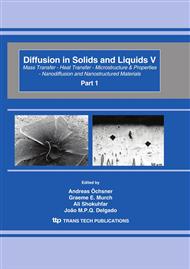p.899
p.906
p.912
p.918
p.924
p.930
p.936
p.942
p.948
Effect of the Separating Distance of Twin Buildings on the Generated Flow Structure
Abstract:
The present work consists in a numerical examination of the dispersion of pollutants discharged from a bent chimney and crossing twin similar cubic obstacles placed in the lee side of the source. The resulting flow is assumed to be steady, three-dimensional and turbulent. Its modelling is based upon the resolution of the Navier Stokes equations by means of the finite volume method together with the RSM (Reynolds Stress Model) turbulent model. This examination aims essentially at detailing the wind flow perturbations, the recirculation and turbulence generated by the presence of the twin cubic obstacles placed tandem at different spacing distances (gaps): W = 4 h, W = 2 h and W = 1 h where W is the distance separating both buildings.
Info:
Periodical:
Pages:
924-929
Citation:
Online since:
April 2010
Keywords:
Price:
Сopyright:
© 2010 Trans Tech Publications Ltd. All Rights Reserved
Share:
Citation:


